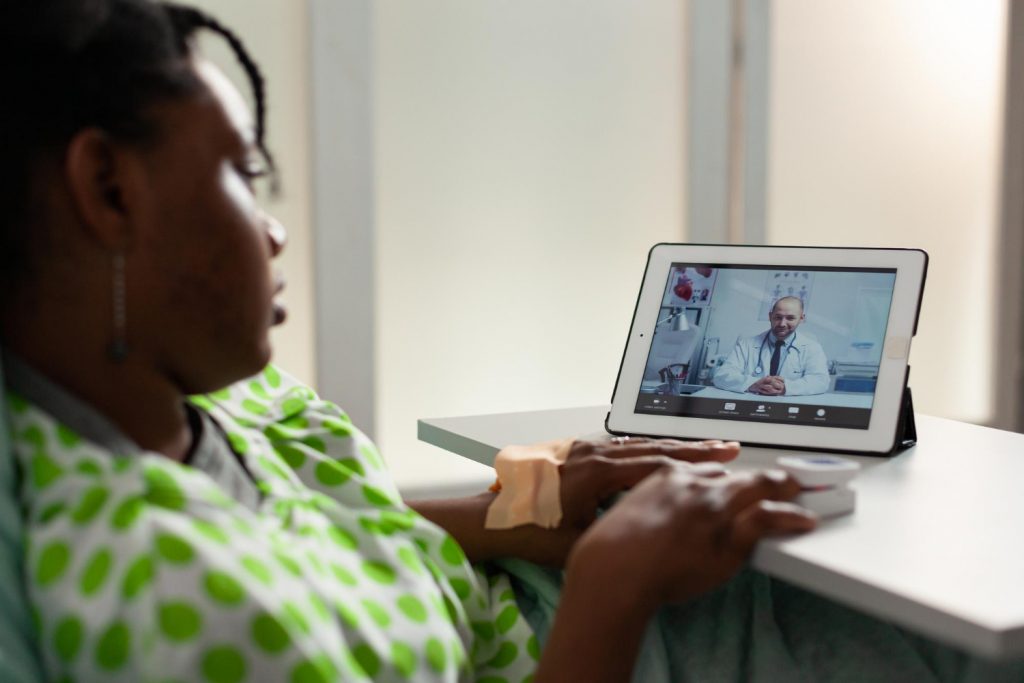Doctor-Patient Relationship: What patients really want
The doctor-patient relationship goes far beyond the diagnosis and treatment of disease. That’s part of it, but when a deeper connection is made, the relationship can bring peace of mind to patients, even if they’re not sick. Ideally, the doctor and patient form a wellness team that works together to ensure that the patient enjoys optimal health.
How are these relationships formed and why do patients choose one provider over another? This question is answered in a PwC Health Research Institute survey. They surveyed patients to find out what they look for when choosing a doctor. Summarily, practices that want an edge over walk-in retail health clinics should leverage their ability to build a deeper, longer-lasting doctor-patient relationship through available technology.
The following are what patients say matters to them:
-
Transparency:
Not surprisingly, patients want the truth from their providers. They understand that doctors are human and they don’t have all the answers right now, and that’s okay. People want to know what the doctor knows, what he suspects, and what he doesn’t know.
-
Active Listening:
Before a patient can trust that the therapist has all the information they need to be helpful, they must experience listening. This means providers should try not to interrupt and ask helpful follow-up questions that demonstrate understanding. This is true for remote encounters using telemedicine.
-
Trust:
Providers earn trust when they put the welfare of their patients first. This means protecting private patient data, upholding the standard of care and keeping all promises.
-
Partnership:
Patients want to be involved in their care and have a say in every decision. They need to understand all of their options and the possible consequences of each choice. They may defy their doctor’s recommendation, but they want their concerns and needs addressed.
-
Convenience:
Modern patients want round-the-clock service and same-day delivery. It is therefore not surprising that more and more people are using the availability of telemedicine as a deciding factor when selecting a primary care physician. Video visits save valuable time and eliminate travel hassles.
-
Customer Service:
Patients are increasingly demanding the same type of treatment from medical providers as they do from hotels and retailers. They can do this because the number of options to choose from increases. People will no longer put up with sneaky support workers, unexplained waits, unreturned phone calls, or other bad business practices.
-
Good communication:
Suffering and anxious people are not always in a hurry to understand what a provider has to say. Therefore, empathic communication is essential in every encounter. It is also helpful to provide a written explanation of the diagnosis and treatment plan. People appreciate appointment reminders and notifications when they have an annual checkup or vaccination.
-
Time:
A doctor’s time is limited and precious. This is why patients don’t focus on efficiency to some degree. However, they don’t want to feel rushed. Providers must strike a balance between leading the journey and ensuring they can hear and address all patient concerns and answer all questions.
-
Accessibility:
Patients don’t like long hours for appointments. They also appreciate the flexible opening hours. Telemedicine is an approach that allows practices to offer more appointments each day and potentially schedule appointments for hours or weekends without additional overhead.
-
Compassionate:
The best doctor-patient relationship is established when patients feel that their doctor understands their feelings as well as their situation. The ability to empathize and voice concerns are just as important as the ability to make an accurate diagnosis. “Bedside manner” is something to think of whether you are in the exam room or on a video visit.
The “do it on others” rule is a good rule of thumb when it comes to creating a service that patients will love. If you’d love it, your patients probably will too.

